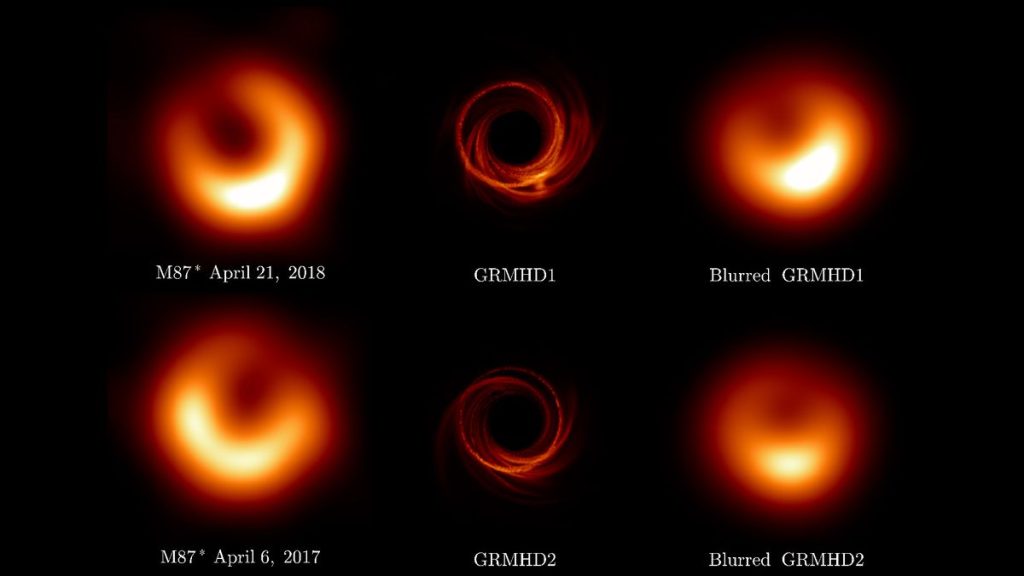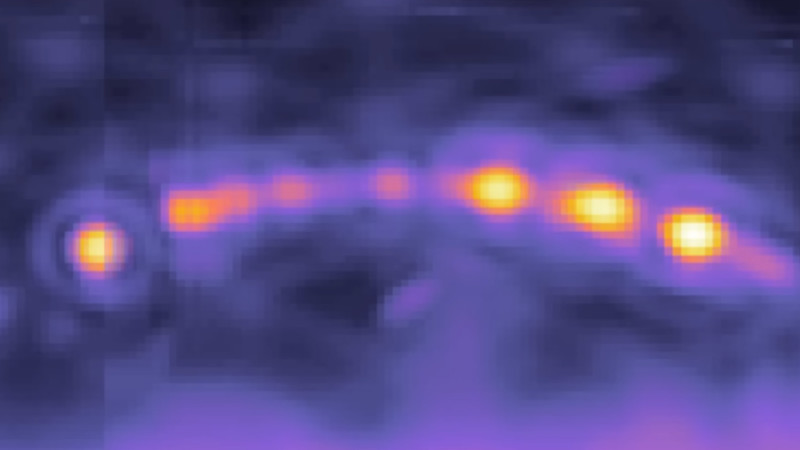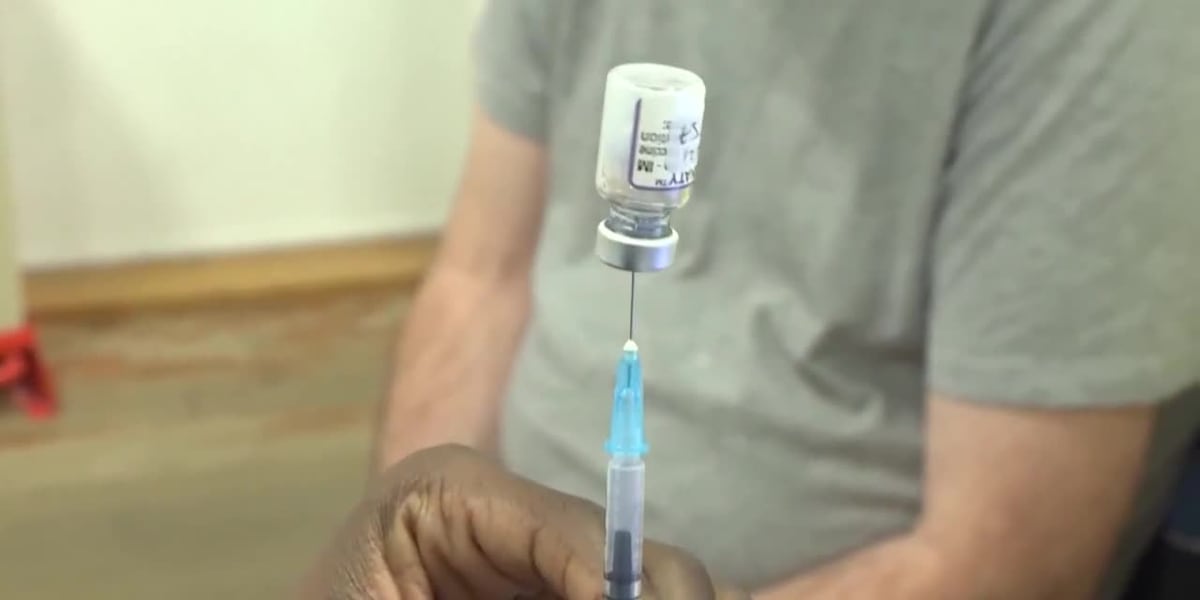Time-lapse of 1st black hole ever imaged reveals how matter swirls around it – Livescience.com

No offers foundScientists used changes in the supermassive black hole M87*’s accretion disk to infer its orientation, size and turbulence
When you purchase through links on our site, we may earn an affiliate commission. Here’s how it works.
How much does a black hole change in a year? Scientists may now have an idea, after taking a fresh look at the first-ever black hole to be imaged — the supermassive black hole M87*, , which resides at the center of the Messier 87 galaxy. Having previously observed the bright halo of matter whipping around the black hole at near-light-speeds, the team now takes an even closer look at the movement of material within that halo.The new observations, taken with the Event Horizon Telescope (EHT), provide the most detailed, real-time look yet at how matter swirls around supermassive black holes. The findings were published Jan. 22 in the journal Astronomy & Astrophysics.As matter falls into a black hole, it also circles it like water spiraling down a drain. The way this “accretion disk” of infalling matter spins can tell scientists a lot about a particular black hole — for example, its size and its orientation in space. It also offers insight into how gas and dust behave near the event horizon, the boundary beyond which nothing, not even light, can escape.In their new study, the researchers used data collected from M87* in 2017 and 2018 to both image and create computer models of the black hole’s accretion disk. They noticed that the brightest section of the disk had rotated by 30 degrees from one year to the next.Related: The Milky Way’s supermassive black hole is spinning incredibly fast and at the wrong angle. Scientists may finally know why.These new observations confirm that M87*’s rotational axis is pointing away from Earth. What’s more, the outermost ring of plasma is probably swirling counter to the black hole’s spin, the team found.—Astronomers find hundreds of ‘hidden’ black holes — and there may be billions or even trillions more—Supermassive black hole spotted 12.9 billion light-years from Earth — and it’s shooting a beam of energy right at us—NASA’s Hubble and Chandra telescopes discover a strange ‘sideways’ black hole in a cosmic crime scene”When gas spirals into a black hole from afar, it can either flow in the same direction the black hole is rotating, or in the opposite direction,” León Sosapanta Salas, an astronomer at the University of Amsterdam and co-author of the new research, said in a statement. “We found that the latter case is more likely.” This supports scientists’ existing models of how matter moves around supermassive black holes. The study is a landmark in our understanding of how the matter swirling around a black hole ebbs and flows. “This work highlights the transformative potential of observing the black hole environment evolving over time,” study co-author Hung-Yi Pu, an assistant professor at National Taiwan Normal University, said in the statement. The research also helped confirm the supermassive black hole is roughly 6.5 billion times the mass of our sun.Get the world’s most fascinating discoveries delivered straight to your inbox.Ultimately, this type of research will deepen our understanding of how the cosmos evolved. Supermassive black holes make up the heart of every major galaxy we know of; learning their secrets could help us determine how galaxies form and die.Joanna Thompson is a science journalist and runner based in New York. She holds a B.S. in Zoology and a B.A. in Creative Writing from North Carolina State University, as well as a Master’s in Science Journalism from NYU’s Science, Health and Environmental Reporting Program. Find more of her work in Scientific American, The Daily Beast, Atlas Obscura or Audubon Magazine.Astronomers find hundreds of ‘hidden’ black holes — and there may be billions or even trillions moreSupermassive black hole spotted 12.9 billion light-years from Earth — and it’s shooting a beam of energy right at usEarth’s elusive ‘ignorosphere’ could shed new light on aurorasLive Science is part of Future US Inc, an international media group and leading digital publisher. Visit our corporate site.©
Future US, Inc. Full 7th Floor, 130 West 42nd Street,
New York,
NY 10036.






